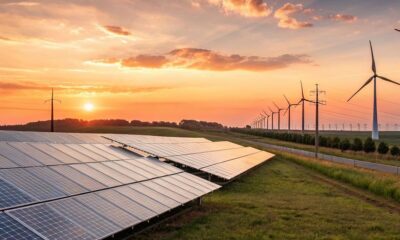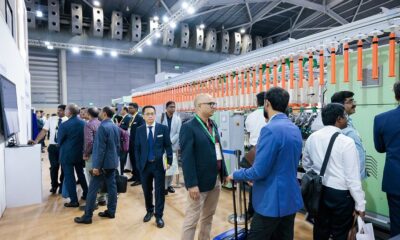Fashion
S&P sees China growth slowing to 4% in H2 amid tariffs, weak demand

China’s economy is expected to slow sharply, with real GDP growth projected at about 4 per cent year-on-year (YoY) in the second half of 2025 and through 2026, down from 5.3 per cent in the first half of this year, according to S&P Global Ratings. The deceleration is driven by weakening exports, sluggish organic domestic demand, and only modest macroeconomic stimulus.
China’s overall exports held up through August despite a steep 33 per cent YoY fall in shipments to the US, due to robust growth to ASEAN markets. However, exports are expected to slow in the coming months due to higher US tariffs, slowing global demand, and rising Mexican import duties on economies without free trade agreements, which also cover China.
S&P Global Ratings sees China’s growth slowing to 4 per cent in the second half of 2025-2026 on weak exports, housing slump, and muted demand.
Asia-Pacific faces US tariff headwinds, with India hit hardest, but resilient consumption, AI-led investment, and policy easing will cushion the impact.
Inflation easing allows further regional rate cuts.
Uncertainty is amplified by the 90-day review mechanism under which China’s trade status with the US can be reset based on bilateral politics, leaving exporters vulnerable, S&P Global said in a release.
Domestic demand, which began the year strongly, is losing momentum as consumption and investment soften, dragged down by a persistent housing slump, weaker confidence, and fading impact of earlier trade-in schemes. Fiscal support has so far been limited given robust headline GDP in H1 2025, where net trade contributed 1.7 percentage points, but this boost will fade.
Some fiscal measures could emerge later this year, though their impact on 2025 growth would be modest and felt more in 2026. Persistent downward pressure on prices highlights structural overcapacity and muted demand, with profit margins across industries squeezed and nominal GDP growth slipping to 3.9 per cent in Q2, the weakest since the 2020 pandemic shock.
Beijing’s efforts to curb ‘involution’—cut-throat competition pushing down prices—have only partly slowed producer price declines, and the fundamental demand-supply imbalance remains unresolved.
Across Asia-Pacific, growth has held up in H1 2025 thanks to resilient domestic demand and strong exports, particularly of tech products and components from Southeast Asia and Taiwan, fuelled by global AI-related investment in data centres and equipment.
Domestic consumption has been robust in most emerging markets, supported by healthy labour markets, low inflation, and policy easing, while investment has been buoyant in India, Malaysia, and Taiwan. India’s growth is projected to hold at 6.5 per cent in FY25, supported by a benign monsoon, GST and income tax cuts, and accelerating government capex, though private investment remains subdued.
In Southeast Asia, GDP growth is expected to ease to an average of 4.5 per cent in 2025, with similar below-trend levels likely in 2026 as the impact of US tariffs deepens.
US tariffs remain a key external headwind, weighing on trade, investment, and growth both within the US and globally. The latest tariff schedule has left China slightly better off relative to earlier expectations but still facing much higher effective US tariffs compared to the pre-2018 period. Southeast Asian emerging markets are experiencing somewhat higher effective tariffs, while India is facing much sharper increases than anticipated, potentially undermining its manufacturing export ambitions.
Developed Asia’s exposure remains broadly in line with projections. The risk of further tariff adjustments is significant, particularly with Washington’s plans to curb transshipment and re-routing of shipments to avoid duties.
Monetary conditions are becoming more supportive across the region. Inflation has been easing since early 2024, helped by softer commodity and energy prices, allowing regional central banks to cut policy rates by an average of 55 basis points so far in 2025.
Currency appreciation against the US dollar has been strong for most Asia-Pacific economies since late 2024, particularly for the Malaysian ringgit and Thai baht, though some currencies softened slightly in Q3. With US policy rates expected to fall further, S&P anticipates additional rate cuts in Asia, particularly where inflation is below target.
In India, inflation has dropped faster than expected, to 3.2 per cent for FY25, creating space for a 25 bps rate cut by the Reserve Bank of India. Japan is expected to continue gradually raising rates as inflation converges toward the BOJ’s 2 per cent target, supported by narrowing wage-price gaps.
As a region heavily exposed to external trade, Asia-Pacific will feel the negative impact of rising trade barriers. Still, relatively solid domestic demand should cushion the blow.
Fibre2Fashion News Desk (HU)
Fashion
EU to levy €3 customs duty on small e-commerce parcels from July 2026
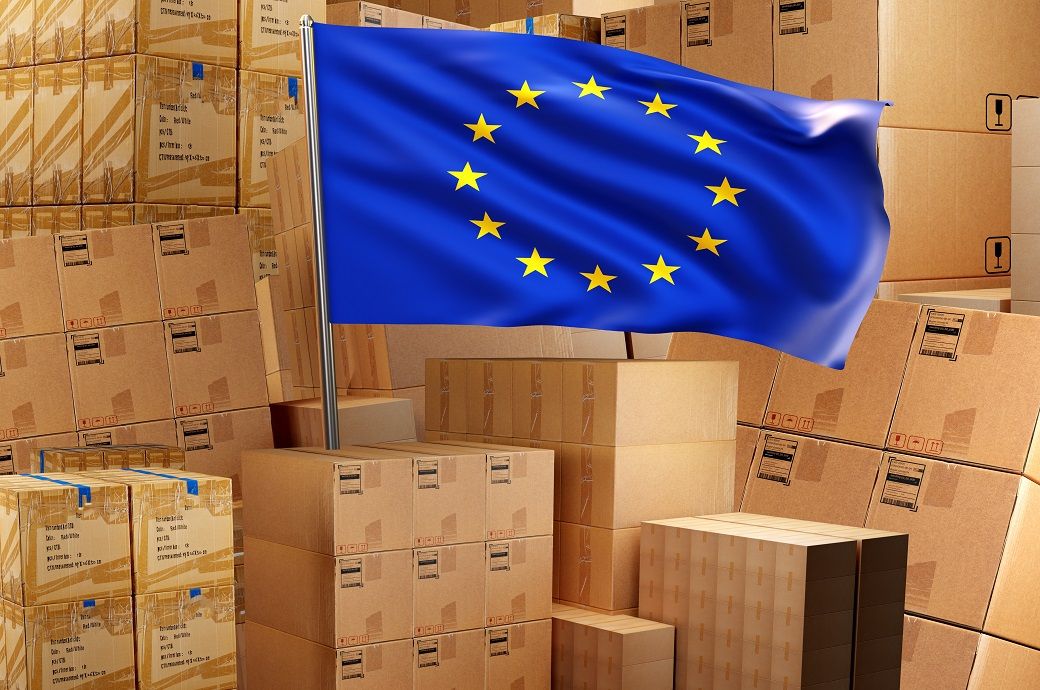
EU officials said the measure aims to address unfair competition faced by EU sellers, alongside concerns over consumer health and safety, widespread fraud, and environmental impact linked to high volumes of low-value imports. Around 93 per cent of e-commerce flows into the EU are expected to fall under the scope of the new duty, the Council said in a press release.
EU Council has agreed to impose a fixed €3 (~$3.52) customs duty on small parcels valued below €150 entering the bloc from July 1, 2026.
The temporary measure targets e-commerce imports, addressing unfair competition, fraud, and safety concerns.
It will apply mainly to goods sold by non-EU sellers registered under the Import One-Stop Shop and remain until a permanent customs reform takes effect.
The €3 rate will apply to goods sold by non-EU traders registered under the EU’s Import One-Stop Shop for VAT purposes. The Council clarified that this customs duty is separate from a proposed handling fee being discussed under the broader customs reform and the EU’s multiannual financial framework.
The temporary duty will remain in force until a permanent system agreed in November 2025 comes into application, which would remove the €150 duty-free threshold altogether and subject all such goods to standard EU tariffs. The European Commission will periodically review whether the duty should also extend to goods sold by traders not registered under the Import One-Stop Shop (IOSS).
Fibre2Fashion News Desk (KD)
Fashion
IKKS: Paris commercial court approves acquisition bid by Santiago Cucci and Michaël Benabou
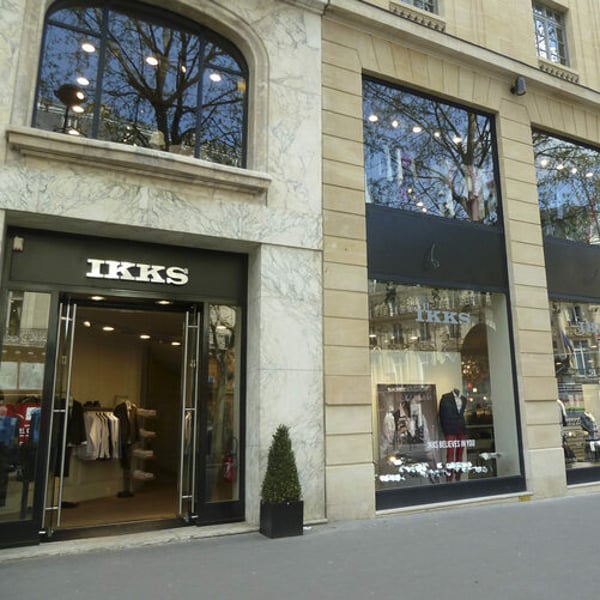
Translated by
Nicola Mira
Published
December 12, 2025
On Thursday December 12, the Paris commercial court decided on the future of French premium ready-to-wear retailer IKKS. At the end of a receivership procedure involving several purchasing bids for IKKS, the court has approved the offer by Santiago Cucci, who was named president of the group’s holding company HoldIKKS last year, and Michaël Benabou, co-founder of event sales site Veepee.
The court’s decision has put an end to months of uncertainty for IKKS’s employees. According to figures drawn up by the receivers at the end of August, the group’s staff numbered 1,287 worldwide, 1,094 of them in France. At the time, the group had 473 stores between France and 11 other countries, plus headquarters in the town of Saint-Macaire-en-Mauges and offices in Paris.
IKKS gave a design make-over to its collections in summer, and in September it applied for receivership, after the group’s main shareholders, US investment funds Avenue Capital, CarVal Investors and Marathon Asset Management, expressed their wish to sell the company.
The IKKS group, which operates the eponymous brand as well as One Step and ICode, is still a leading international ready-to-wear retailer in the premium segment, operating several hundred retail outlets (between directly owned and franchised stores, and concessions) in nine countries. The path to new ownership has been complex, since the group was split in several entities, and none of the purchasing bids referred to the group as a whole.
The winning bid’s details
Cucci and Benabou have convinced the court after recently revising their bid upwards. Initially, the bid related to 141 stores, 88 of them directly owned, and 391 company employees.
The deal was clinched after the bid was extended to include 219 stores in France: 92 of them directly owned, 100 franchised, plus 27 Galeries Lafayette concessions. The employees associated to the directly owned stores are 546.
Benabou and Cucci, a former senior executive at Levi’s and a strategic advisor to G-Star, have taken over the IKKS business and are planning to operate a more streamlined store fleet. They will focus on womenswear and menswear, while childrenswear has been put on hold.
The dossiers given to prospective buyers indicated that the IKKS brand accounted for 80% of the group’s revenue, that 64% of its revenue was generated by womenswear, 21% by childrenswear, and 15% by menswear. When the company applied for receivership, direct retail accounted for 77% of revenue, e-commerce (both B2B and B2C) for 20%, and the remaining 3% was generated through the wholesale channel.
Rejected bids
The bid by sustainable fashion brand Faguo, which had been revised to include 15 stores and 30 jobs, was rejected. French group Beaumanoir (which owns womenswear brands Morgan and Caroll) had teamed up with Faguo, offering €1 million to buy the IKKS brand name and some of the stores.
Another rejected bid was put forward by Salih Halassi’s company Amoniss, a shareholder in Pimkie which recently acquired Christine Laure and Chevignon. It initially bid for a minimum of 168 stores and 393 employees.
BCRI Holding, which recently bought Café Coton, initially offered to buy 67 stores with a total of 426 employees. While AA Investments (owner of Smallable, L’Exception and Bonne Gueule) was interested in IKKS’s intangible assets. Verdoso, new owner of The Kooples, withdrew its bid before the November 28 hearing.
Since none of the bids related to the Icode and One Step brands, and to IKKS childrenswear, some of the latter’s stores in France have now closed. The new owners are therefore concentrating on the IKKS brand, out of a group fleet that had 550 stores as of the end of 2024, though streamlining measures started in H1 this year.
The brand’s employees are now hoping IKKS will be able to regain momentum as a recognised name in the premium ready-to-wear segment.
Copyright © 2025 FashionNetwork.com All rights reserved.
Fashion
Bangladesh industrial importers get 3-yr usance term for capital goods
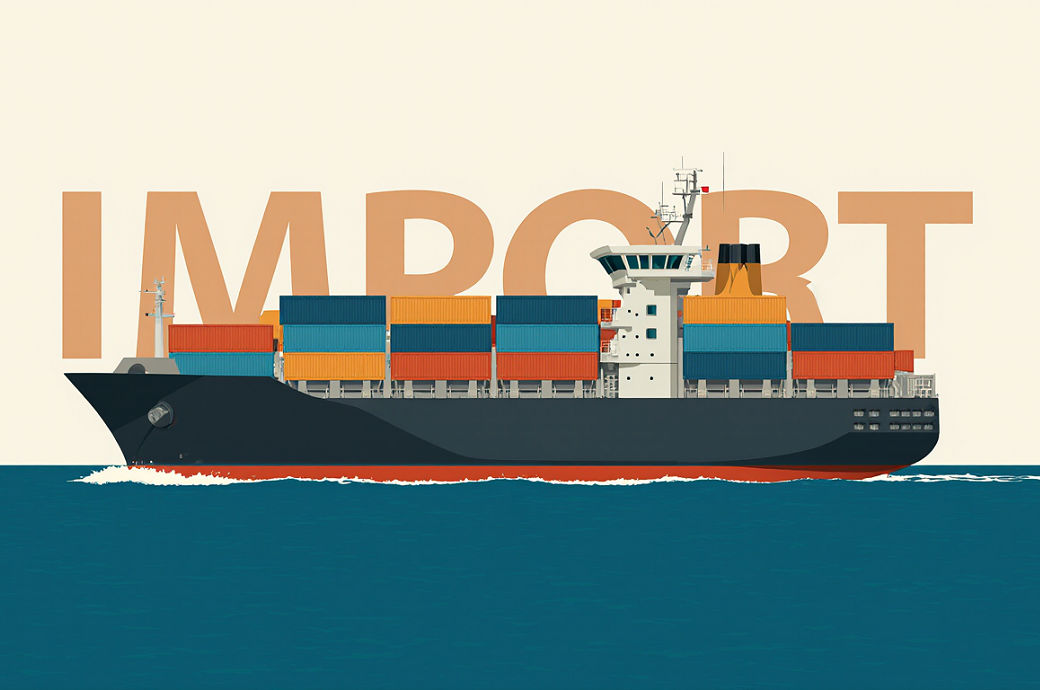
A circular by the central bank said the policy update follows the decision reached at the 186th meeting of the Scrutiny Committee on Foreign Loan/Supplier’s Credit of the Bangladesh Investment Development Authority (BIDA). The aim is to facilitate industrial growth.
Bangladesh Bank recently announced that authorised dealers may now allow their industrial importers to import capital goods on a usance term of up to three years under supplier’s or buyer’s credit.
The aim is to facilitate industrial growth.
However, usance period for import of spares will not be more than 360 days in all cases, a circular by the central bank said.
”The usance tenure shall also be applicable to such imports by industrial enterprises operating in export processing zones or private export processing zones/economic zones/hi-tech parks and other areas designated as specialised zones by the government. However, usance period for import of spares will not be more than 360 days in all cases,” the circular added.
Fibre2Fashion News Desk (DS)
-

 Politics5 days ago
Politics5 days agoThailand launches air strikes against Cambodian military: army
-

 Sports1 week ago
Sports1 week agoAustralia take control of second Ashes Test | The Express Tribune
-

 Politics7 days ago
Politics7 days ago17 found dead in migrant vessel off Crete: coastguard
-

 Fashion5 days ago
Fashion5 days agoGermany’s LuxExperience appoints Francis Belin as new CEO of Mytheresa
-

 Tech1 week ago
Tech1 week agoWIRED Roundup: DOGE Isn’t Dead, Facebook Dating Is Real, and Amazon’s AI Ambitions
-

 Politics5 days ago
Politics5 days agoZelenskiy says Ukraine’s peace talks with US constructive but not easy
-
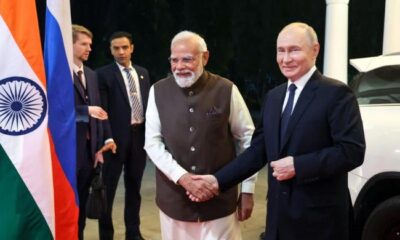
 Politics1 week ago
Politics1 week agoIndia and Russia set for major trade discussions today
-

 Tech1 week ago
Tech1 week agoMIT researchers “speak objects into existence” using AI and robotics








